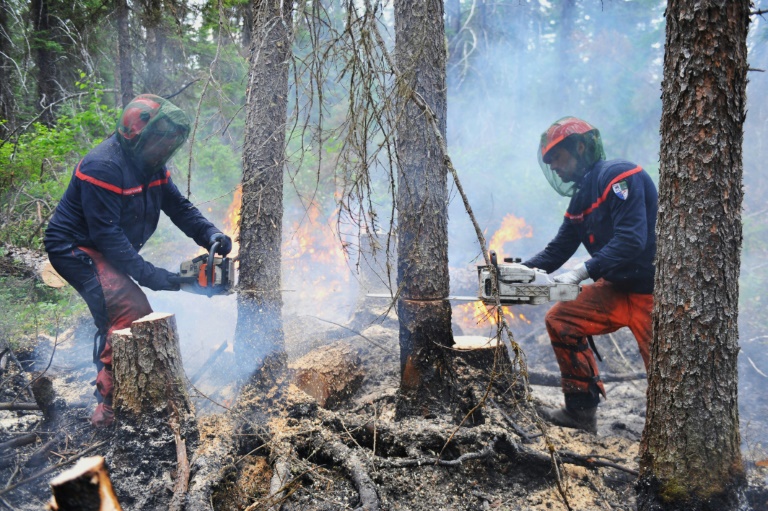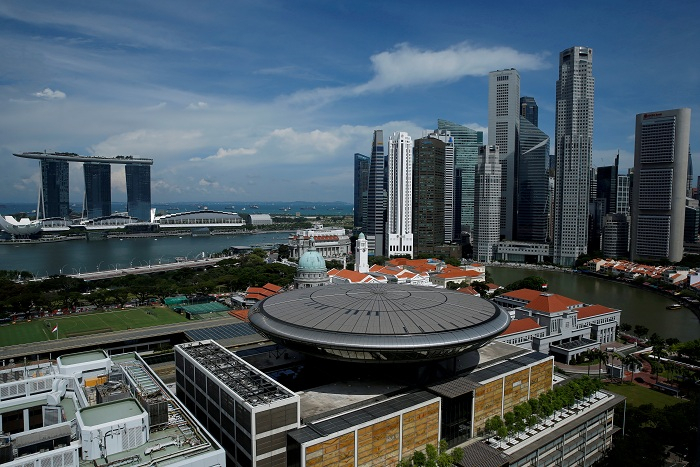Reuters
KEY POINTS
- The NHHC’s Underwater Archaeology Branch revealed the successful identification of WWII US Navy escort carrier wreckage
- The confirmation of the wreck’s identity was achieved by combining survey information and video footage
- The USS Ommaney Bay (CVE-79) served as an escort aircraft carrier for the United States Navy during World War II
After an extensive period of nearly eight decades, the U.S. has achieved a significant breakthrough by successfully identifying the sunken wreckage of USS Ommaney Bay (CVE 79). This World War II aircraft carrier met a tragic fate near the Philippines when it was struck by a twin-engine kamikaze aircraft attack.
The Underwater Archaeology Branch of the Naval History and Heritage Command (NHHC) made an announcement on July 10, revealing their successful identification of the wreckage site belonging to a US Navy escort carrier from World War II.
The US military released a statement acknowledging that the collaborative efforts of NHHC’s Underwater Archaeology Branch, the Sea Scan Survey team, and the DPT Scuba dive team were instrumental in the identification of Ommaney Bay. Their combined expertise and cooperation made this significant achievement possible.
The confirmation of the wreck’s identity was achieved by combining survey information and video footage. This evidence was further strengthened by the location data, which had been previously provided by Vulcan, LLC (formerly Vulcan, Inc.) to NHHC in 2019. The collaboration between these entities helped solidify the identification of the wreckage as Ommaney Bay.
“Ommaney Bay is the final resting place of American Sailors who made the ultimate sacrifice in defense of their country,” said NHHC Director Samuel J. Cox, US Navy rear admiral (retired).
“This discovery allows the families of those lost some amount of closure and gives us all another chance to remember and honor their service to our nation,” NHHC Director added.
Cox further elaborated that the lack of any other escort carrier in the vicinity provided strong evidence that the identified object was, in fact, the specific escort carrier they had been actively searching for. The absence of similar vessels in the area supported their conclusion and added weight to the identification process.
He said, “Then this latest group was able to get down there and find enough features so that there’s absolutely no doubt.”
What happened to USS Ommaney Bay (CVE 79)?
Tragically, on Jan. 4, 1945, USS Ommaney Bay (CVE 79), a carrier of the Casablanca-class, sank in the Sulu Sea as a result of a devastating attack by a twin-engine suicide plane launched from Japan. The incident marked a somber chapter in the ship’s history.
This devastating attack resulted in the tragic loss of approximately 95 sailors who were aboard the carrier. Additionally, two casualties occurred on a nearby destroyer, as they were fatally injured by the debris caused by the attack.
The USS Ommaney Bay (CVE-79) served as an escort aircraft carrier for the United States Navy during World War II. It was launched on Dec. 15, 1943, and commissioned in early 1944. Throughout its service, the ship played a significant role in numerous military operations within the Pacific Theater. The USS Ommaney Bay contributed to the overall Allied efforts during the war, making valuable contributions to the conflict’s outcome in the Pacific region.
The USS Ommaney Bay was named after the inlet of Ommaney Bay located on the eastern coast of Guadalcanal. The carrier actively participated in several significant battles during its service.
Construction of the USS Ommaney Bay commenced on Oct. 15, 1942, at the Todd Pacific Shipyards in Tacoma, Washington. As a member of the Casablanca class of escort carriers, it belonged to a smaller category compared to fleet carriers. Nonetheless, these escort carriers played a crucial role in supporting amphibious landings and providing essential air cover during naval operations. Despite their smaller size, they were instrumental in enhancing the effectiveness and versatility of the US Navy’s operations in the Pacific theater.







